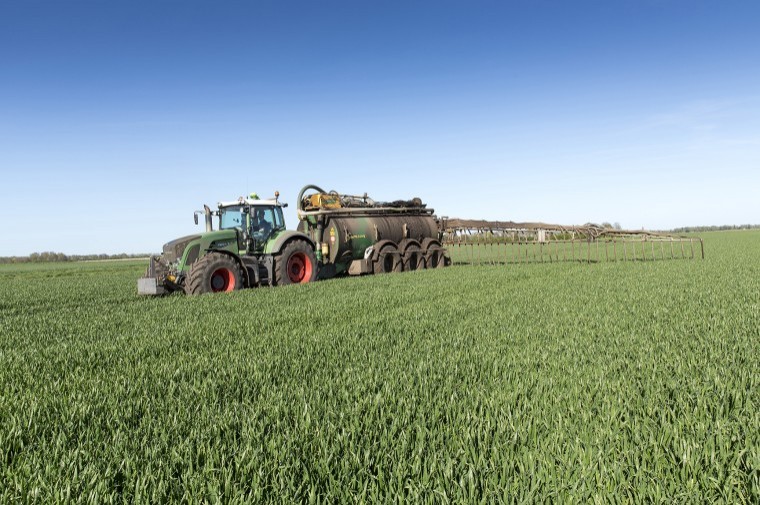With ammonia regulations set to be enforced from as early as 2020, dairy and beef farmers, and the wider supply chain, are being encouraged to think ahead and consider how the new legislation could impact their businesses.
This is the key message from Tom Gill, Promar’s Head of Environment, who believes the proposed regulations are a ‘driver for change’ and recommends that a proactive approach is key to meeting future regulatory changes.
“The recent government announcement to clamp down on ammonia emissions from agriculture, by introducing stricter controls on fertiliser use, slurry and manure management, and livestock housing, may have left some farmers feeling uncertain about the future sustainability of their businesses,” says Tom.
{in-brief}
“However, given that the proposed regulations are mostly focused on the enforcement of best practice, which many farmers are already implementing to improve efficiency on-farm, they‘re therefore in a good position to reap the potential benefits on offer,” he adds.
Given that manure and slurry applications account for 25% of agricultural ammonia emissions, all slurry and digestate will need to be applied using low-emission spreading equipment by 2027.
“The good news is that many farmers are ahead of the game and are already spreading slurry in such a way to maximise the additional benefits such as increased nitrogen (N) value,” explains Tom.
“For example, using a trailing hose can increase the N value by approximately three units per 1,000 gallons. This can help save money on feed and bedding as it allows for a quicker return to grazing,” he adds.
Tom adds that beyond best practice, the proposed regulations are likely to mean that significant investment in infrastructure is required on-farm.
“The target date for slurry and digestate stores to be covered is 2027 and given that very few farms currently cover stores, farmers are going to have to make financial investments in order to comply,” says Tom.
“For this reason, I’d recommend that they take time to understand the new legislation, particularly when developing both short and long-term business plans because this will help ensure farms are one step ahead,” he adds.
He concludes by encouraging the industry to take responsibility to help ‘drive change’.
“The new legislation will be daunting for many producers; however, I think it’s a challenge that as an industry we should embrace. I believe that careful planning is key to maximising the available opportunities and minimising the potential impacts on business sustainability.”




